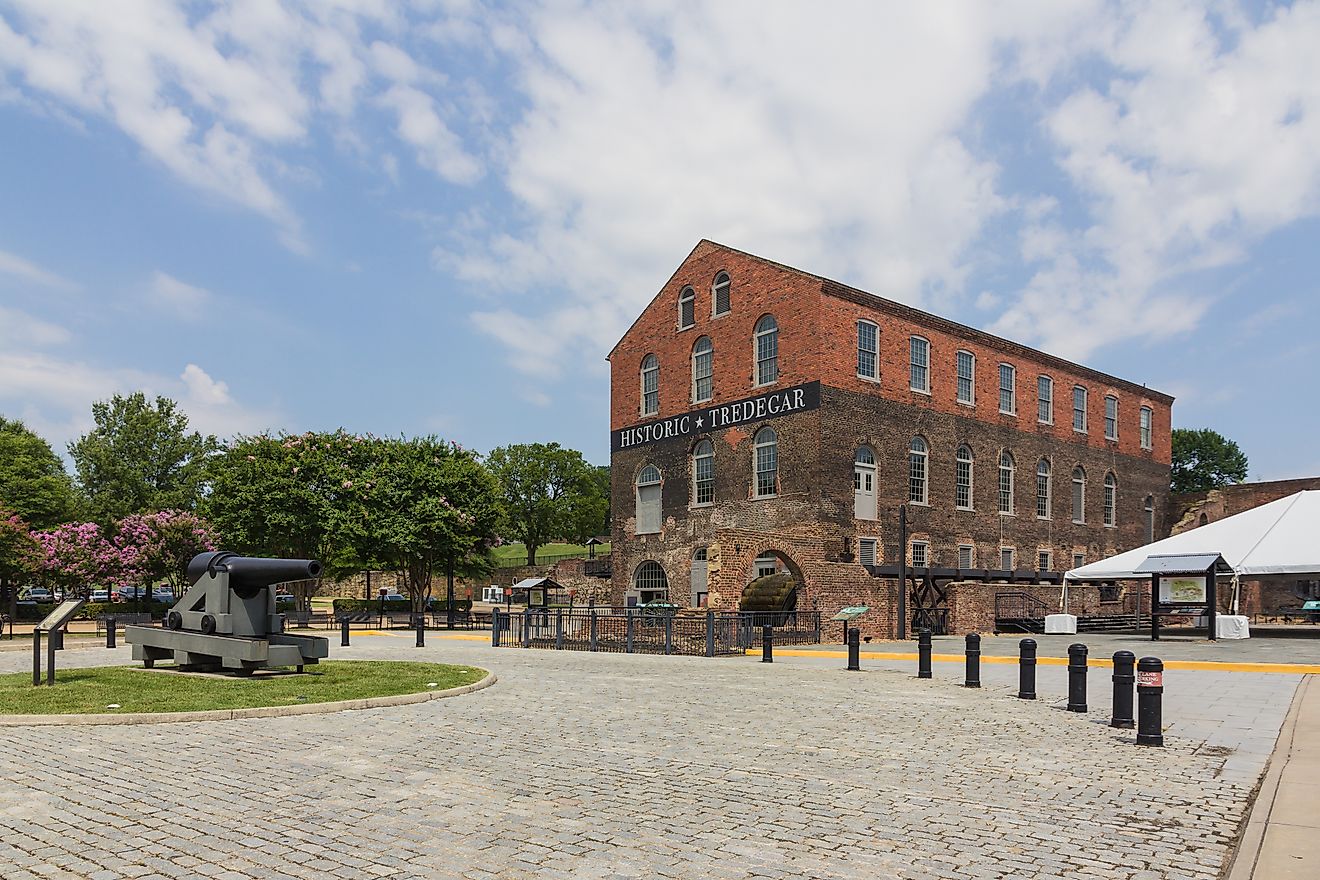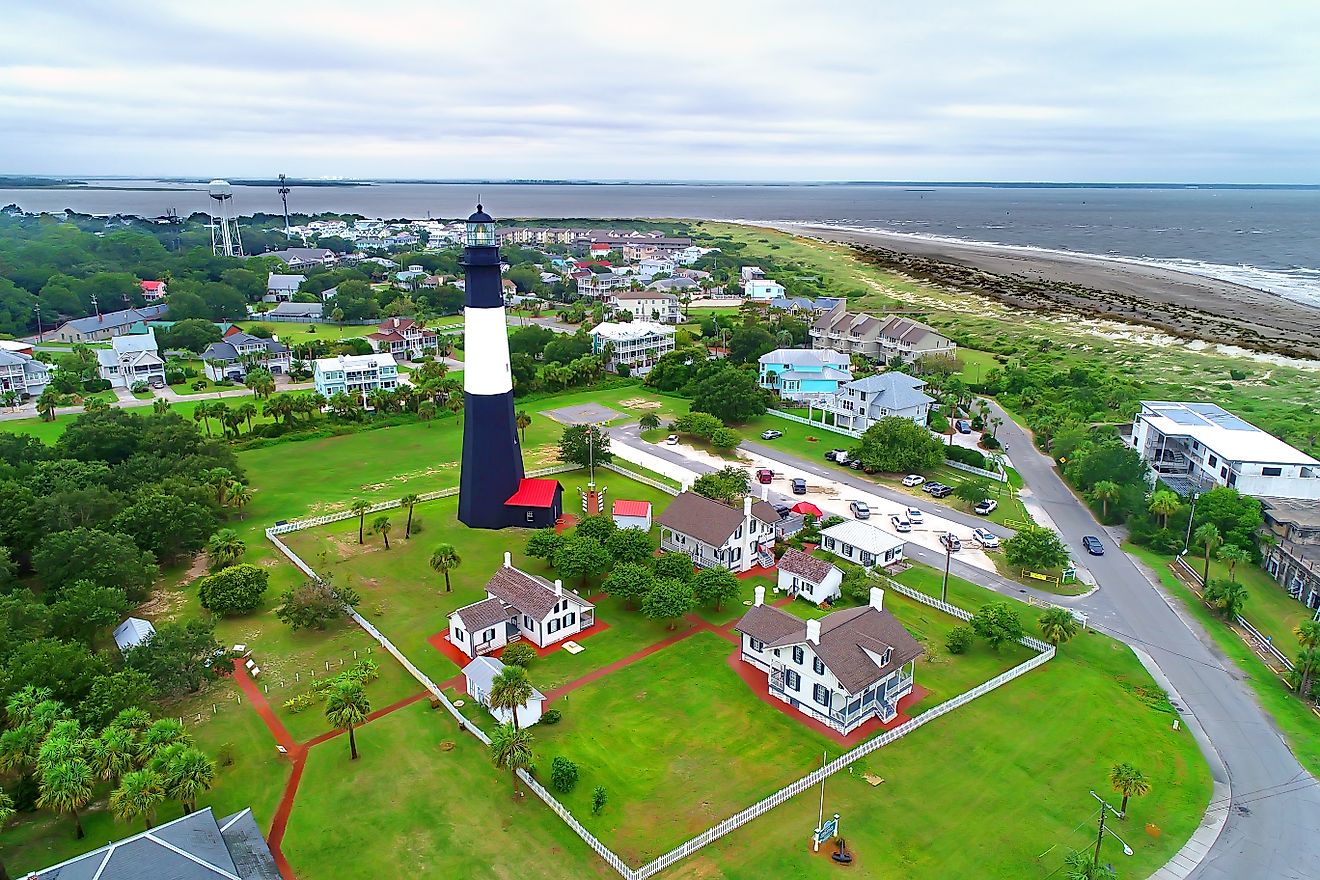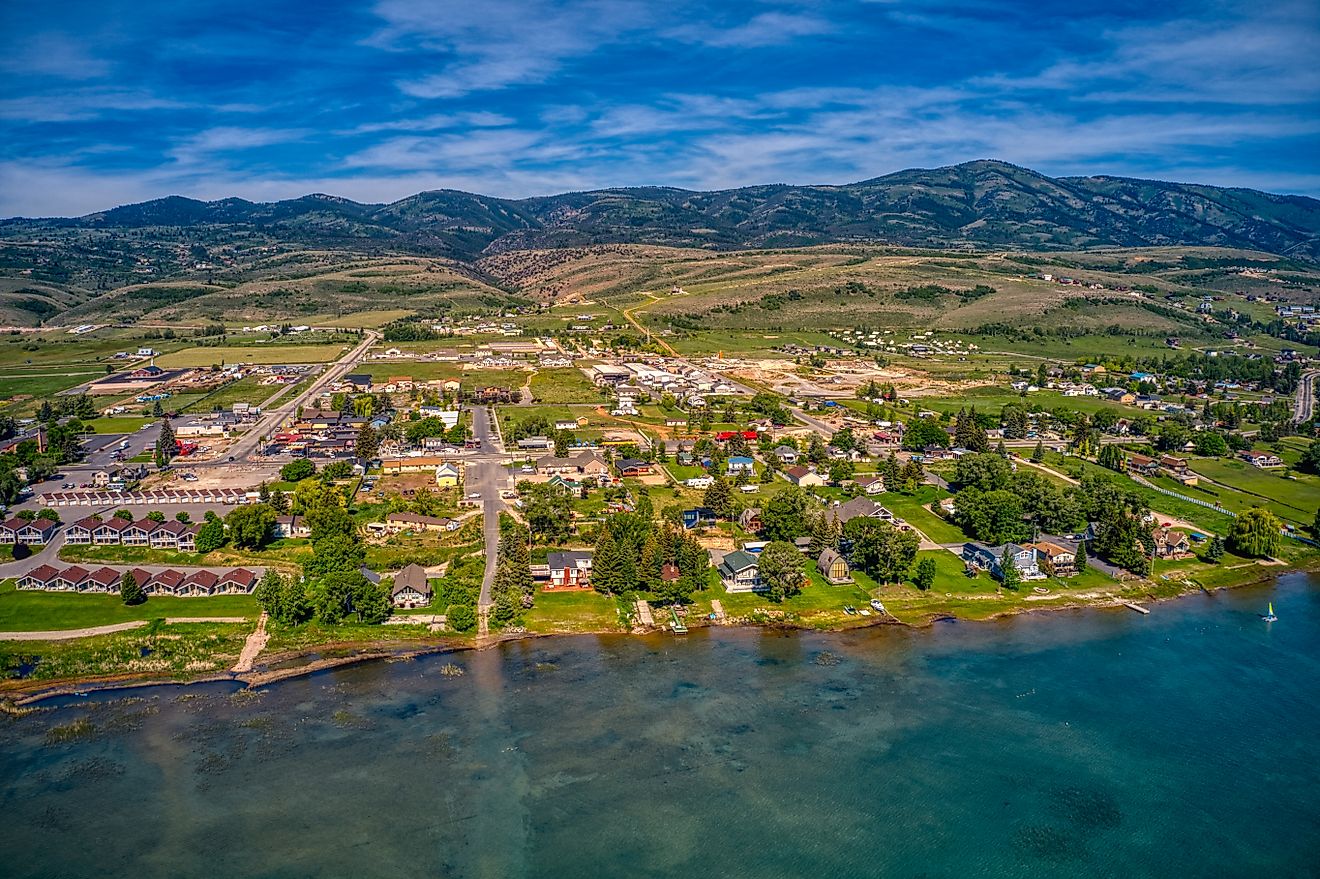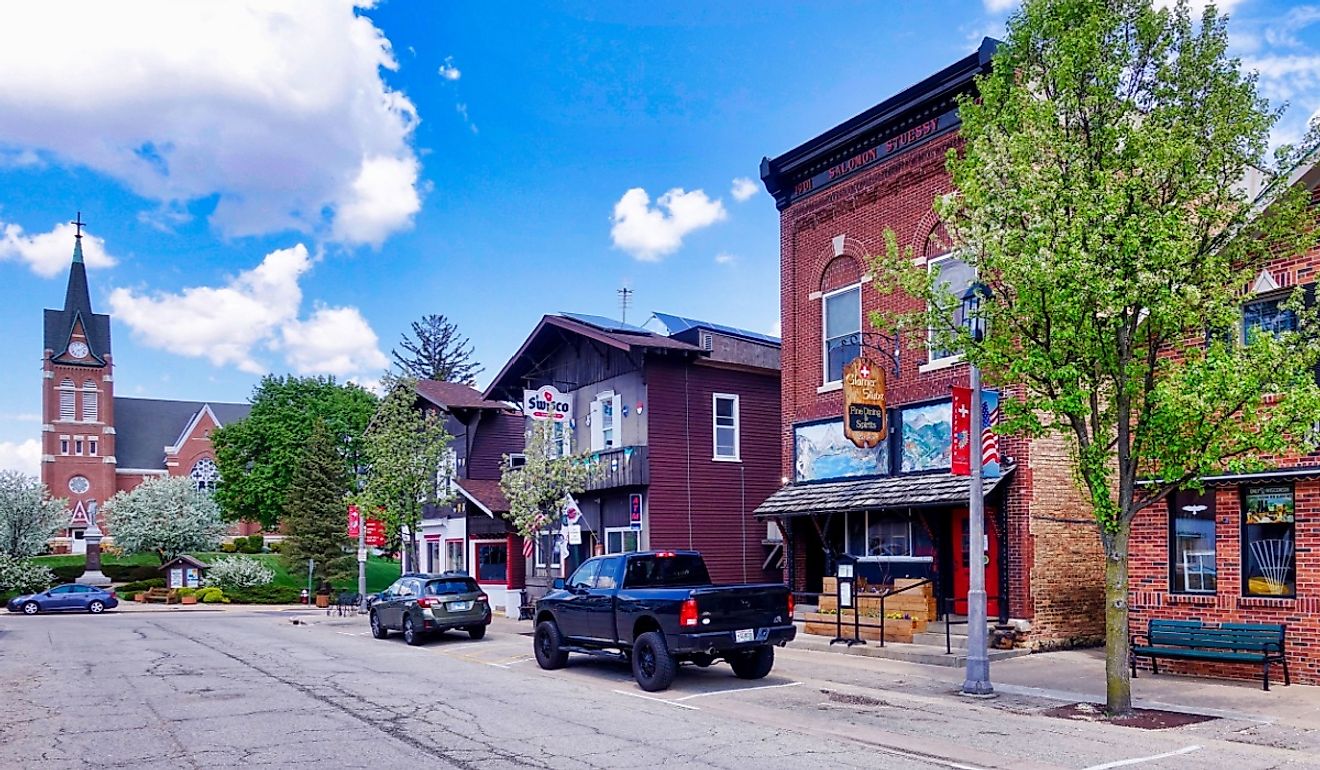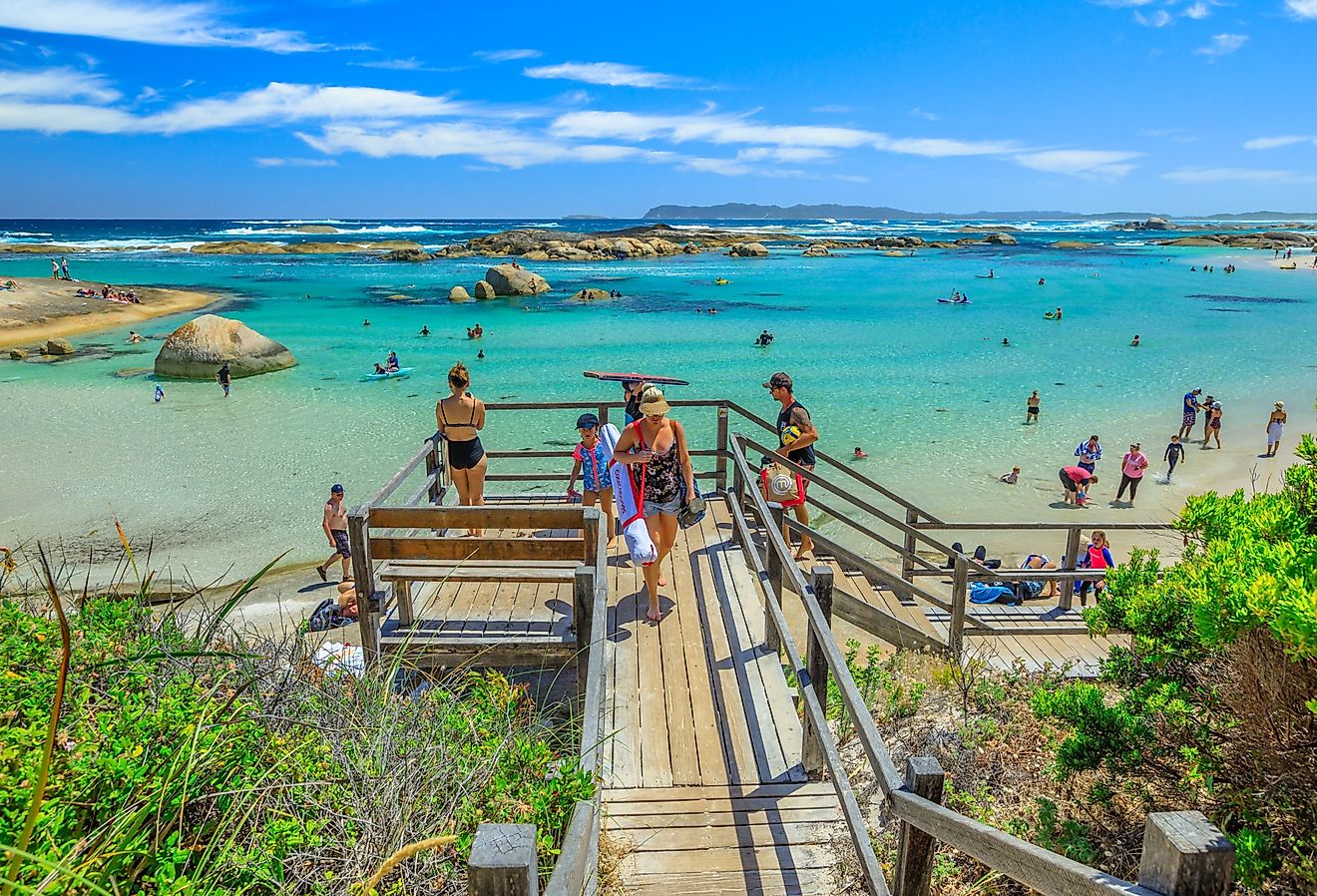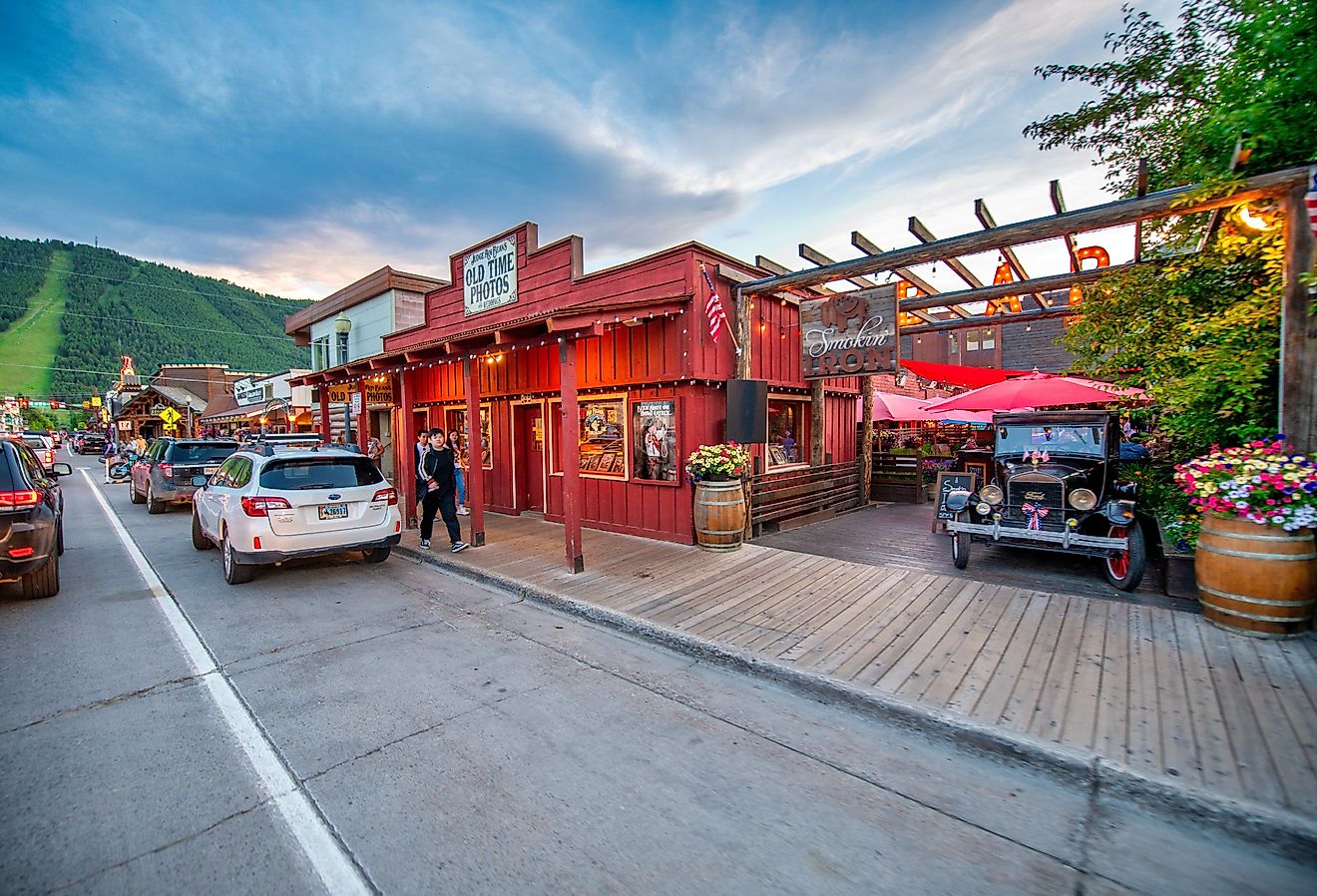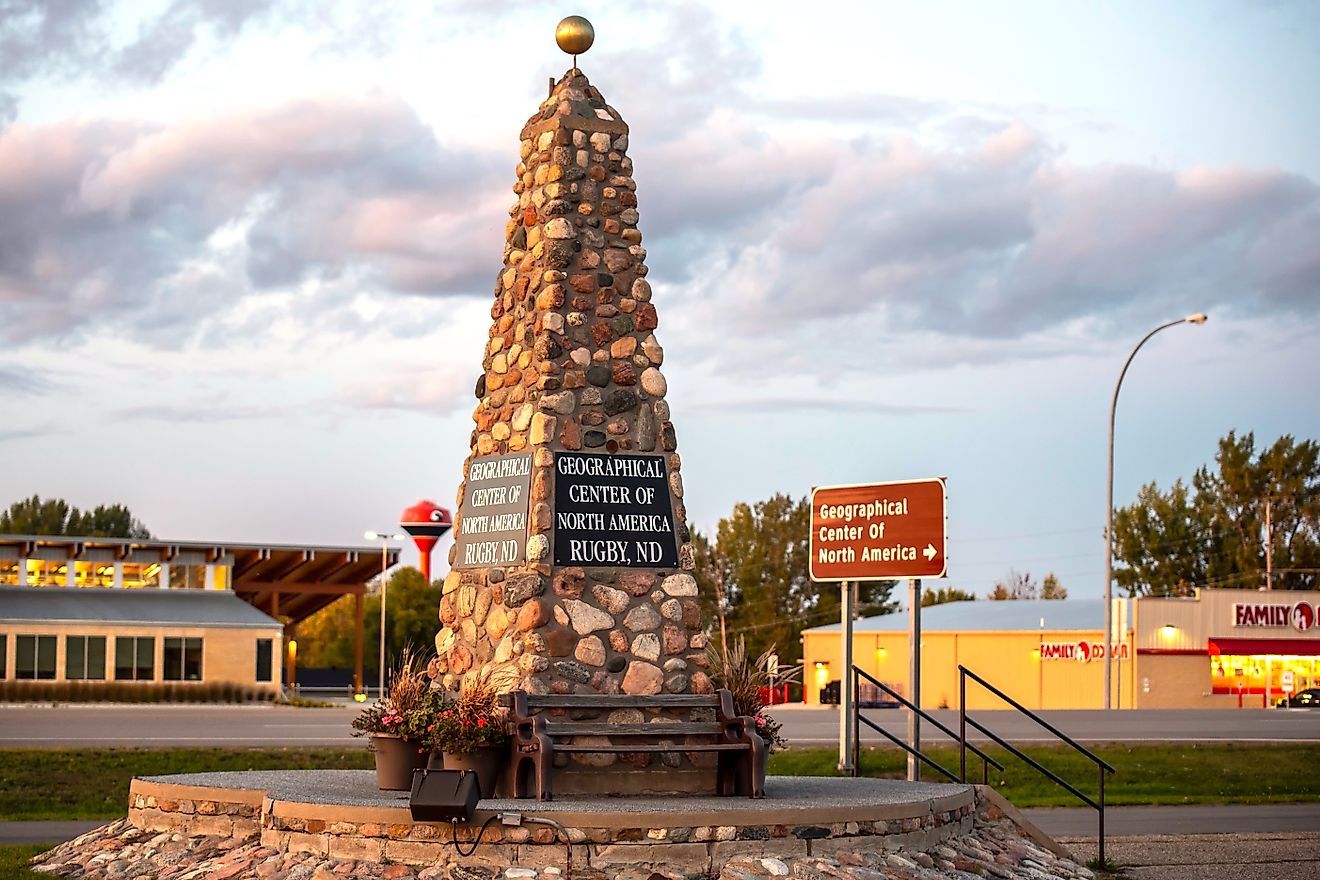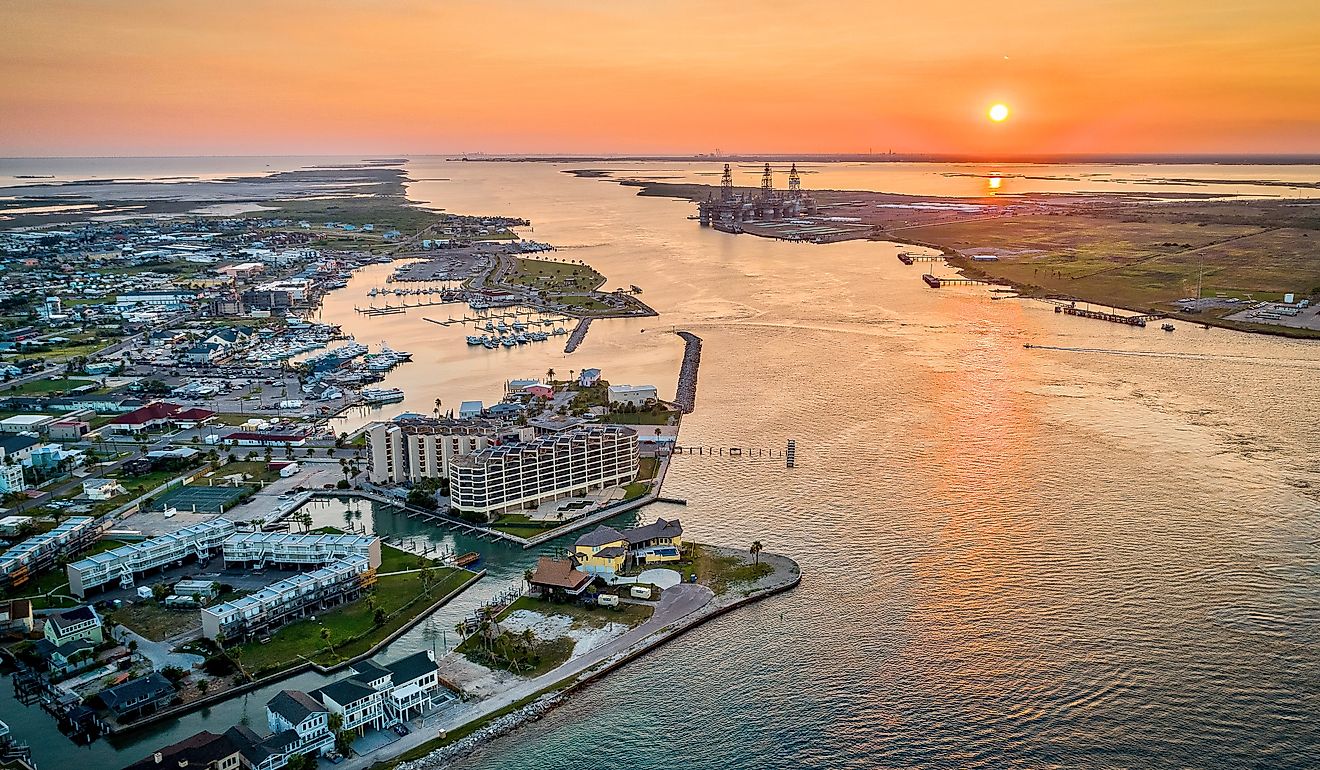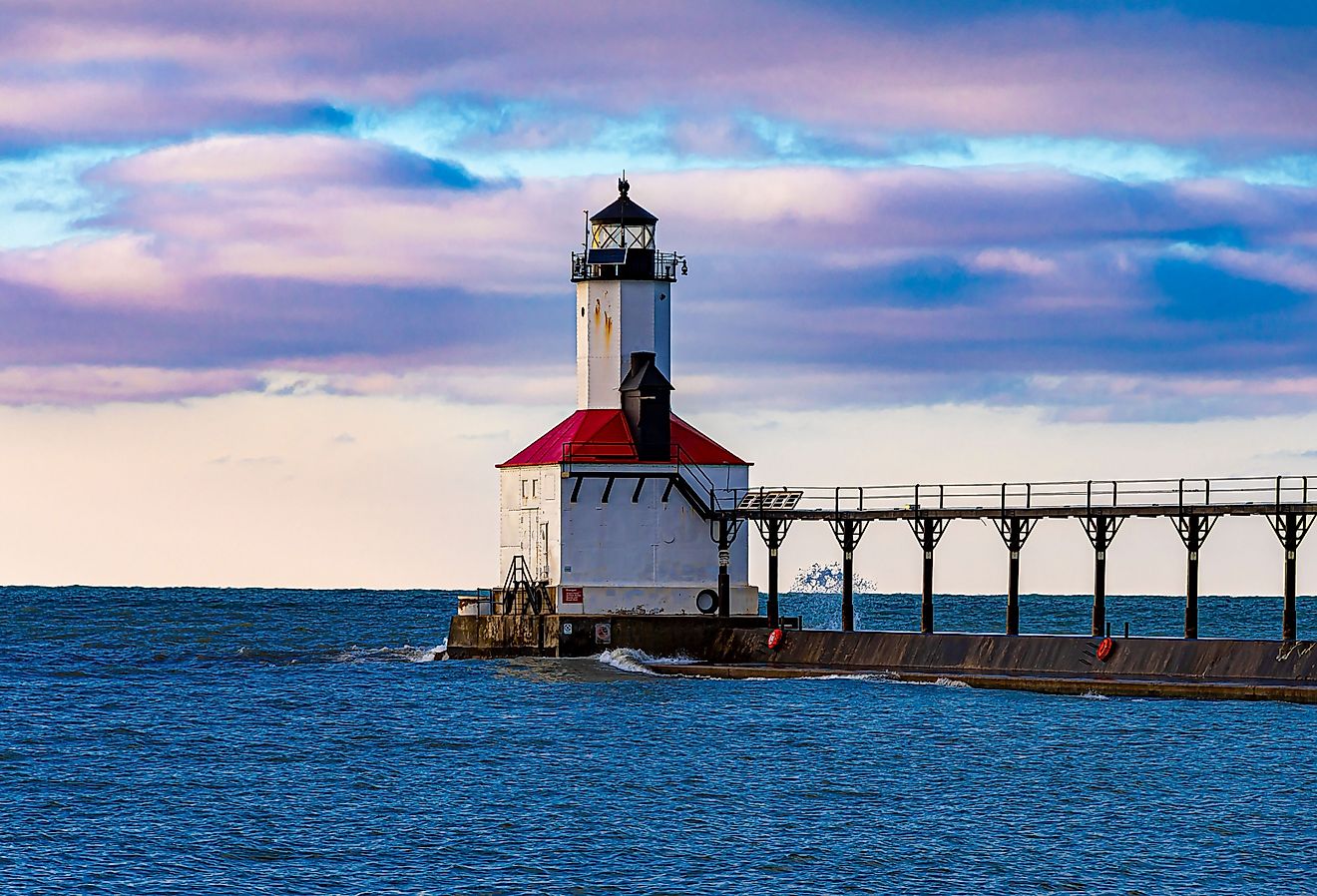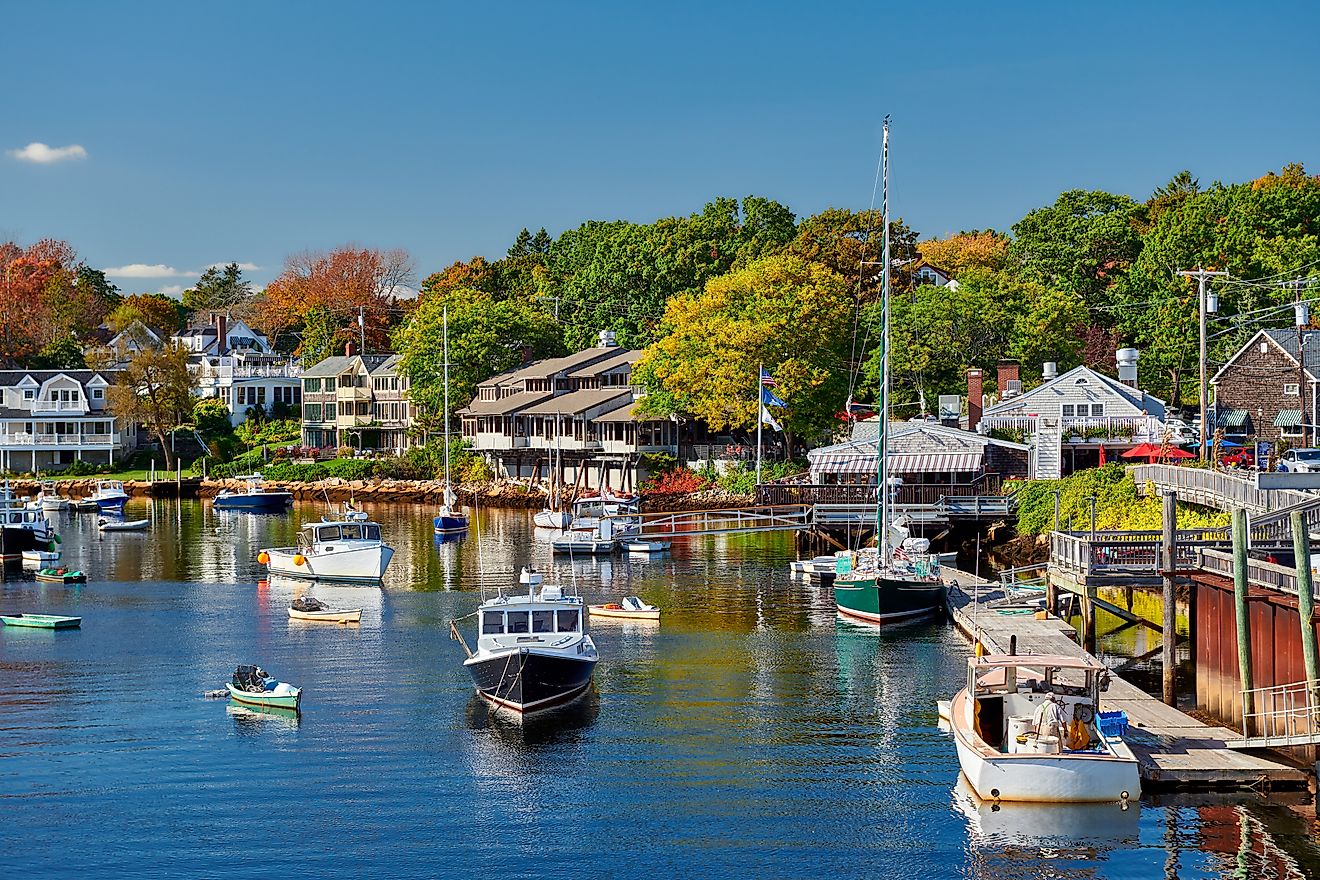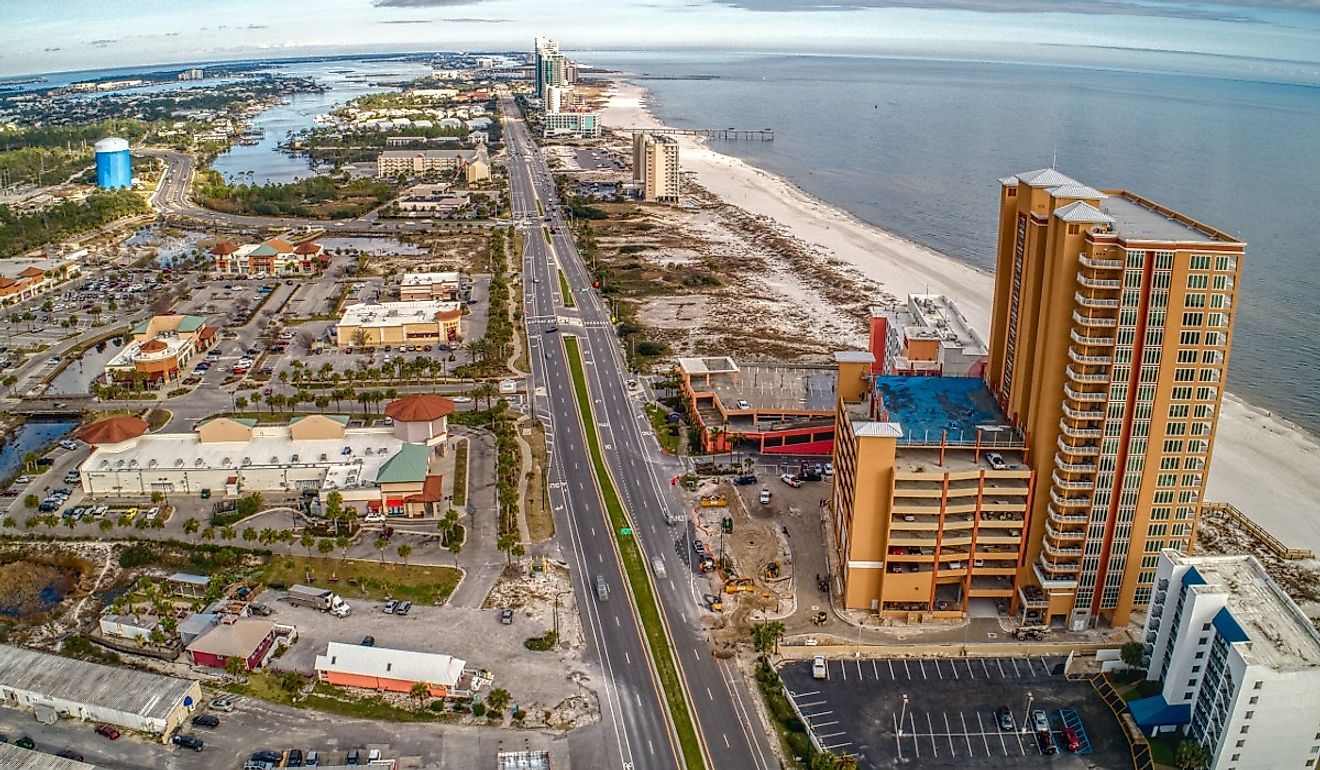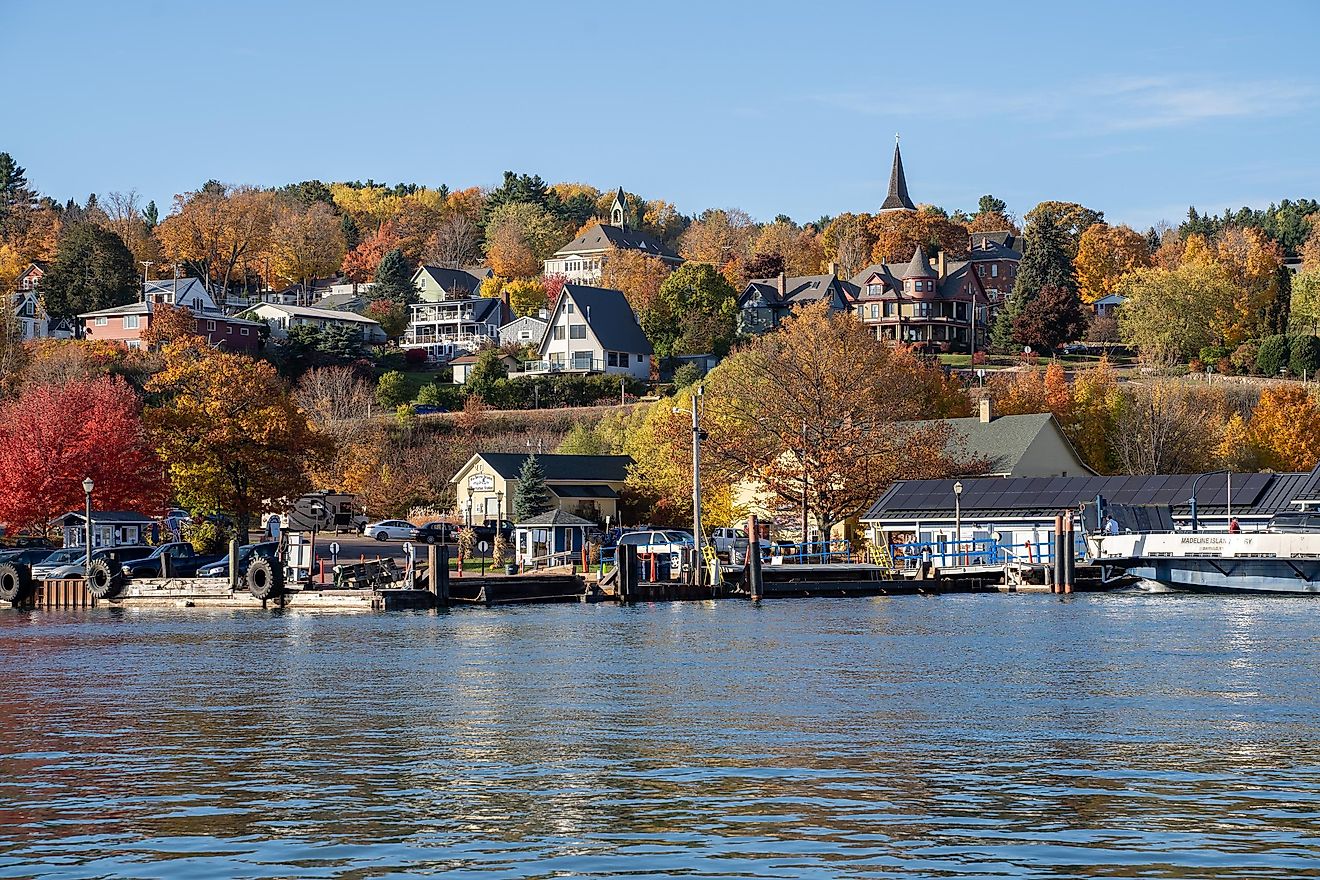
Willandra Lakes Region, Australia
Although Australia has 20 World Heritage Sites, only four are mixed heritage sites, meaning they contain both cultural and natural significance. One of Australia’s mixed heritage sites is the Willandra Lakes Region, located in southwestern New South Wales. It contains important cultural and natural features, including ancient lakes, which dried up over 18,000 years ago, leaving behind precious artifacts and evidence of human existence and development in the country. The series of dried-up lakes and other fossil remains date back to the Pleistocene era and are evidence that the Aboriginal Australians lived around the lake around 50,000 years ago. The Willandra Lakes Region was designated a UNESCO World Heritage Site in 1981, to preserve its rich history and protect the fragile natural landscape.
Location
The Willandra Lakes Region is one of the heritage sites in New South Wales, located in the semi-arid southwestern portion. It covers approximately 2,400 square kilometers of the Murray Basin area. The basin extends into Victoria, South Australia, and New South Wales and takes its name from the Murray River, which drained some of the dried-up lakes. The Willandra Lakes Region includes the Mungo National Park, Grassland Nature Trail, Mallee Stop, and Walls of China.
Description

The Willandra Lakes Region is a semi-arid area containing remains of ancient lakes formed over 2 million years ago but are now dried up. Most of the lakes are bordered by Lunettes (crescent-shaped dunes) on their eastern shores. The dunes were formed by the winds that blow across the region. The dry lakeths' sediments, soil, and geomorphology contain important evidence of the Pleistocene activities and features, including landscape and climate oscillation. Although the lakes dried up about 18,500 years ago, they also highlight how life was during the Pleistocene era. Today, the lake beds are covered mainly by salt-tolerant grasses and bushes. Part of the heritage site is preserved as Mungo National Parks.
The Lakes

The Willandra Lake Region comprises five large and 14 smaller dry lake basins. The lake basins are of varying sizes, with the smallest lake being 6 square kilometers and the largest being 350 square kilometers. Some of the lakes included Mungo, Mulurulu, Prungle, and Chibnalwood. These lakes were mainly fed by the Willandra Billabong Creek that flowed from the Eastern Highlands into the Murray River. When this creek ceased to flow, all the lakes in the region slowly became saline and dried up over thousands of years, with the southern lakes drying first.
The lakes were filled with fresh water for about 30,000 years before they became “extinct.” Some sediments date back 50,000 years and are mainly red-orange in color. The sediments contain precious relics that provide evidence and history of aboriginal Australians. Lake Chibnalwood has one of the world’s biggest lunettes, rising 30 meters. The lake beds also contain evidence of plant and animal life in the Pleistocene era.
History And Fossil Discovery

The Willandra Lakes formed over 2 million years ago and were mainly filled with fresh water until the creek ceased to flow. During the Ice Age, the Aboriginal Australians, mostly the Mungo people, settled on the lake shores and drew their livelihood from the lakes. They benefited from food resources such as yabbies, freshwater mussels, Murray cods, golden perch, and marsupials like giant kangaroos (now extinct). However, human history in the region is not only restricted to the ancient period. People continued to occupy the area even after the lakes disappeared. Evidence from the sediments reveals that the area was occupied as late as 10,000 years ago, close to 9,000 years after the last lake disappeared.
Archeologists have discovered human and animal skeleton remains, hearth, tools, and grindstones in the region. There are also visible traces of humans (adults and children) around the lakeshore in the form of fossilized footprints. Remains of over 50 animal species have been discovered in the region, including 11 extinct species. Jim Bowler, while studying the dry lakes' beds in 1968, found a woman's partially cremated skeleton in Lake Mungo, believed to have lived over 40,000 years ago. Six years later, he found a man’s skeleton also of the same period. The two skeletons are popularly known as Mungo Man and Mungo Lady. These two skeletons provided insights into the history and life of Aboriginal Australians living in the country.
Mungo National Park

The Mungo National Park occupies about half of the Willandra Lakes Region (about 1,110 square kilometers). The national park is approximately 875 km from Sydney, New South Wales. The park’s main attraction is Lake Mungo, the region's second-largest lake. However, it is also known for the archaeological remains discovered in the area, particularly Mungo Man and Mungo Lady. Mungo Man is the oldest known human remains in Australia, while Mungo Lady is the world’s oldest cremated body. The two bodies were buried under the “Walls of China,” a chain of lunettes formed near the lake’s southeastern edge. The national park is also an important cultural meeting place for the Nyiampaar, Muthi Muthi, and Barkija People.
